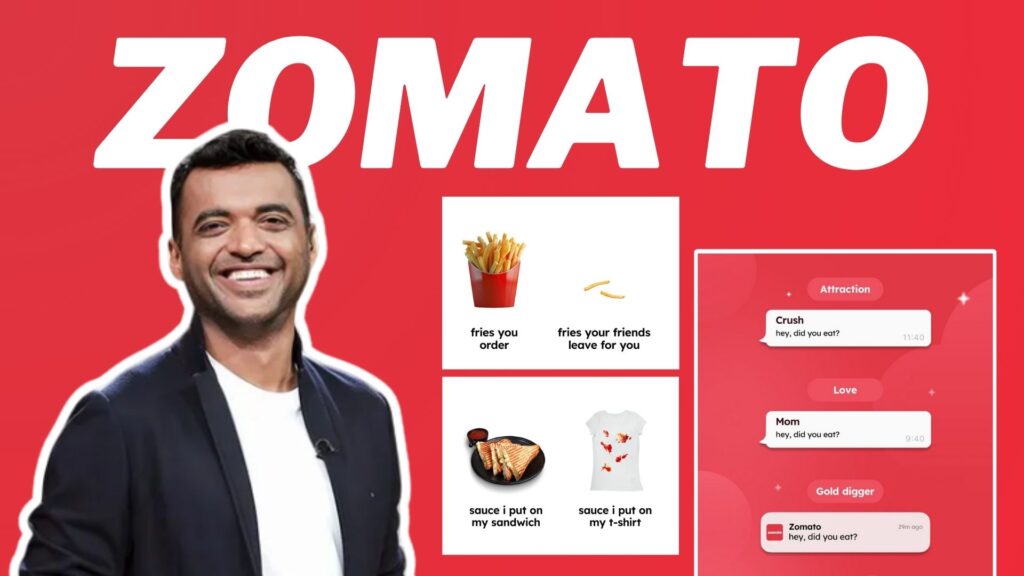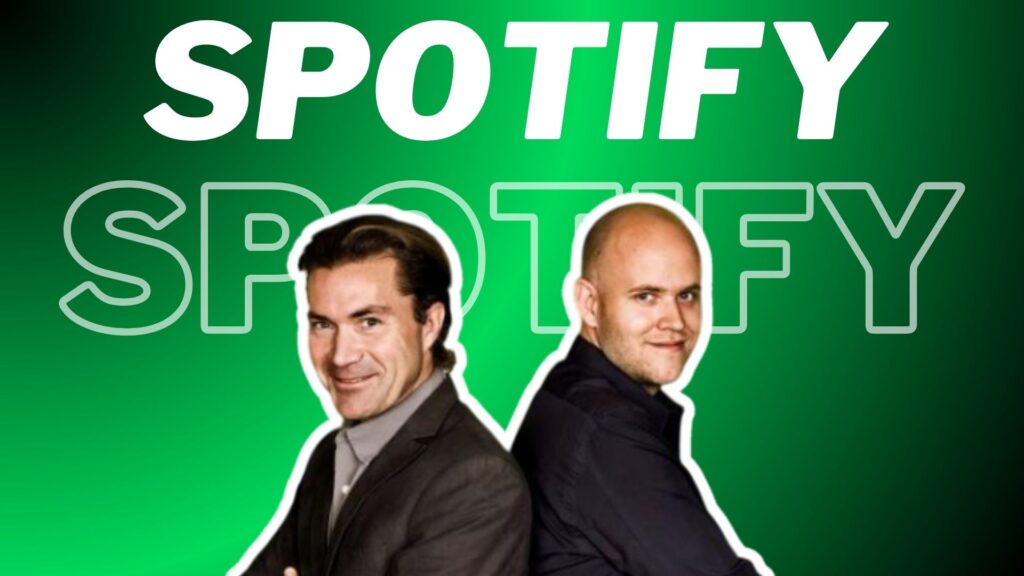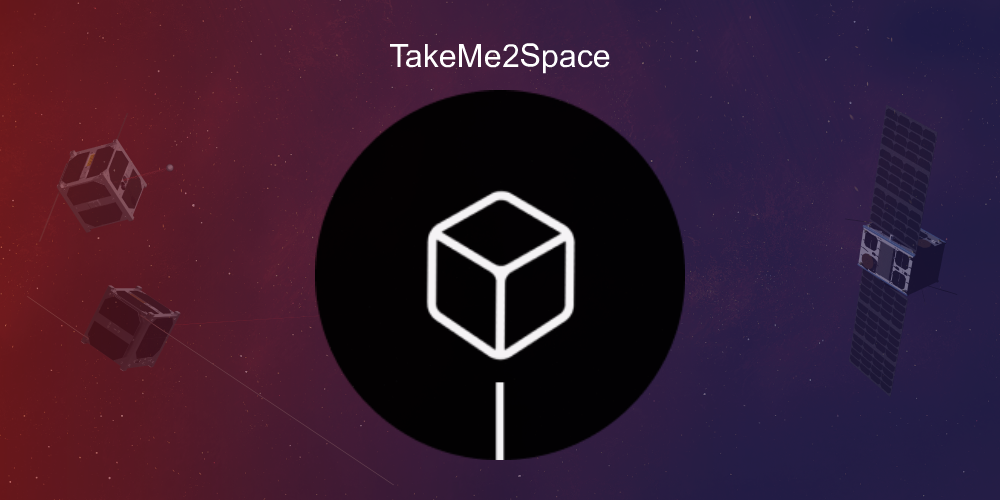In today’s fast-paced startup ecosystem, countless entrepreneurs are launching products and services to solve market needs. Yet, while some skyrocket to success, others struggle to stay afloat. What sets them apart? You might think it’s all about having a groundbreaking idea—but what if I told you that the real secret lies in how well you connect with your audience online? Yes, having an innovative idea is crucial, but in today’s digital-first world, understanding the importance of social media in sharing a compelling brand story and building strong relationships with customers is what truly drives growth.
The good news? Social media has made this easier than ever. With billions of people actively engaging on platforms like Instagram, Facebook, LinkedIn, and Twitter, startups now have direct access to potential customers at their fingertips.
As of January 2025, 5.25 billion people—nearly 64% of the global population—are using social media, making it a goldmine for brand awareness and customer engagement. Unlike traditional advertising, which demands hefty budgets, social media allows startups to grow organically through compelling content and strategic interactions. It fosters direct engagement, real-time feedback, and customer loyalty—all at a fraction of the cost. Even more exciting? The potential for virality. A single well-crafted post or trending campaign can propel a startup into the limelight overnight.
So, how can startups leverage social media to maximize growth? Let’s dive into some of the strategies.
Game-Changing Social Media Strategies for Startup Success:
Build a Strong Brand Identity

In the crowded world of social media, standing out isn’t just about posting frequently—it’s about creating a brand identity that people recognize and connect with instantly. Your startup’s social media presence should be consistent, memorable, and most importantly, relatable. Think about it: when you see Swiggy’s witty tweets or Zerodha’s professional yet engaging finance insights, you immediately recognize their tone and style. That’s the power of strong branding in helping increase brand awareness.
Your brand’s personality should reflect who you are. Are you playful and quirky, or sophisticated and informative? Once you define your tone, make sure it’s consistent across all platforms. Visual branding also plays a huge role—using the same colors, fonts, and templates creates familiarity. And don’t just sell—tell your story!

Take Zepto, for example. Their brand identity revolves around speed and convenience. They use lightning bolts and clocks in their visuals, casual and humorous captions, and trending memes to engage a younger audience. This combination makes them stand out while reinforcing their promise of “10-minute grocery delivery.”
A strong brand identity isn’t just about aesthetics—it’s what makes people remember you. And in the startup world, being memorable is everything.
Choose the Right Platforms

Let’s be real—not every social media platform is the right fit for your startup. Trying to be everywhere at once can spread your efforts thin. Instead, focus on the social media platforms where your target audience is most active and where your content style fits best. If you’re a DTC or lifestyle brand, Instagram and Pinterest are goldmines for visual storytelling and viral content. B2B startups? LinkedIn is where you’ll find professionals engaging with industry insights. Want to keep up with real-time trends and conversations? Twitter (X) is your go-to. And if your brand thrives on community discussions, platforms like Facebook groups and Reddit can help you build a loyal following.

Take Myntra, for example. As a fashion and lifestyle e-commerce brand, they dominate Instagram with influencer collaborations, trend-based reels, and aesthetically curated product displays. Meanwhile, on Twitter (X), they engage with customers through witty banter and trend-driven promotions. By choosing social media platforms strategically, Myntra has built a strong, engaging presence that connects directly with its audience.
The key? Be where your audience is and play to your strengths!
Content is King: Create What Your Audience Loves
What makes you stop scrolling? A catchy video? A relatable meme? A thought-provoking post? In the world of social media, content is the ultimate game-changer—it’s what grabs attention, sparks conversations, and keeps your audience coming back for more. Startups need to experiment with different content formats to find what resonates best with their audience. A well-planned content calendar ensures consistency and helps brands strategically mix short-form videos like Instagram Reels and YouTube Shorts for behind-the-scenes moments, founder stories, or quick product demos. Infographics and carousels work great for breaking down industry trends or sharing bite-sized educational content. And let’s not forget the power of user-generated content—think customer testimonials, unboxing videos, and product reviews that add authenticity to your brand.

Look at Zomato—they’ve mastered the art of content marketing. Their meme-driven approach keeps their brand fun and relatable, while short, witty posts make them go viral time and again. Whether it’s hopping on a trending topic or engaging with customers in a humorous way, Zomato proves that great content isn’t just about selling—it’s about entertaining, educating, and building connections.
Engage, Don’t Just Post! – Turn Your Audience into a Community
Too many startups treat social media like a megaphone—posting content and hoping for the best. But real growth comes from engagement, not just content creation. The more you interact with your audience, the more they interact with you, boosting visibility, reach, and brand loyalty. Responding to comments quickly, asking thought-provoking questions in captions, and running polls, Q&As, or giveaways are all simple yet powerful ways to make your brand feel more human.

The highest level of engagement comes from user-generated content (UGC), and no brand does this better than GoPro. Instead of relying solely on traditional marketing, GoPro turned its customers into its most powerful storytellers. Adventurers, athletes, and everyday users capture jaw-dropping footage with their cameras, sharing their experiences online. GoPro, in turn, features the best content on its social media, fueling a never-ending cycle of engagement. Their strategic use of branded hashtags like #GoPro and #GoProAwards encourages users to showcase their content, making it easier for GoPro to discover and amplify the most impressive footage.
Beyond engagement, UGC doubles as market research. By analyzing customer-generated content, GoPro gained valuable insights into how people actually use their cameras. Many users struggled with shaky footage during high-action moments, which led GoPro to develop Hyper Smooth technology—a game-changing video stabilization feature introduced in the HERO7 camera. This innovation wasn’t just a random upgrade; it was driven by real user needs, proving how engagement can shape product development.
When your audience feels seen and valued, they become your biggest promoters. Engagement isn’t just about likes and comments—it’s about turning followers into an active, thriving community that fuels your brand’s success.
Use Social Media Ads (Smartly!) – Get More for Less
Spending money on ads doesn’t guarantee success—spending it wisely does. Startups with small budgets can still see massive returns if they focus on the right strategies. Facebook Ads, when used effectively, can drive significant engagement and conversions. Retargeting ads help bring back potential customers who visited your website but didn’t make a purchase, while lookalike audiences allow you to reach people similar to your best customers. And let’s not forget Story Ads and Reels Ads, which tend to be more engaging and cost-effective than traditional feed ads.

Take Spotify, for example. Their “Spotify Premium Free Trial” ads are everywhere, from Instagram Stories to YouTube. Instead of targeting random users, Spotify uses data-driven ads that specifically reach music lovers who have engaged with their platform before. Their retargeting strategy keeps nudging free users to upgrade, while their lookalike audience targeting helps them find new subscribers. The key? They make their ads feel like a natural part of your feed—relevant, engaging, and impossible to ignore.
While all of this sounds great, even the best strategies can fall flat if startups make common social media mistakes. Without the right approach, efforts can go unnoticed, budgets can be wasted, and engagement can remain stagnant. Let’s look at the pitfalls to avoid.
Common Social Media Mistakes Startups Should Avoid:
Many startups dive into social media without a clear plan, hoping for instant success. But posting without a strategy is like shooting in the dark—you might get lucky, but chances are, you’ll miss the mark. Engagement is another major pitfall; if you’re not replying to comments or interacting with your audience, you’re leaving valuable connections on the table. Many also chase vanity metrics, thinking more followers mean more success, but real growth comes from engagement and conversions, not just numbers. Lastly, inconsistency is a killer. Posting once in a while won’t build momentum—staying active and showing up regularly does!
Conclusion
Social media success isn’t about luck—it’s about strategy, engagement, and understanding what truly resonates with your audience. Whether building a thought-leadership presence on LinkedIn, or using Instagram Reels to showcase your brand story, the right approach can help your startup grow faster than ever. Avoid common mistakes, experiment with different formats, and most importantly, stay consistent. The brands winning today aren’t just posting content; they’re creating conversations and communities.
Now it’s your turn! Which strategy are you most excited to try? Drop a comment below or DM us your thoughts. And don’t forget to follow Startup Shiksha for more game-changing growth hacks!









